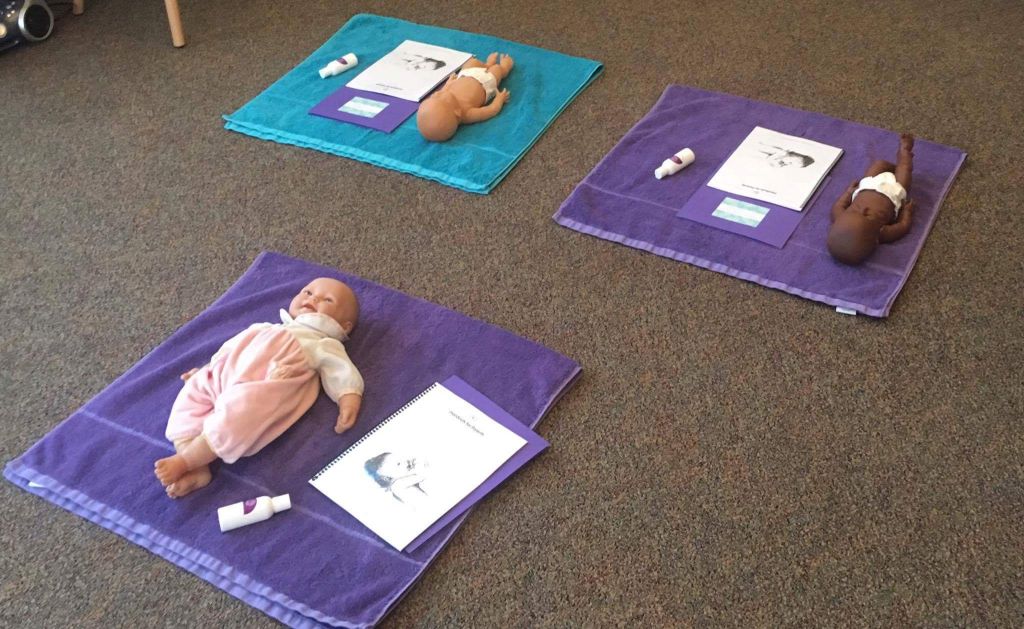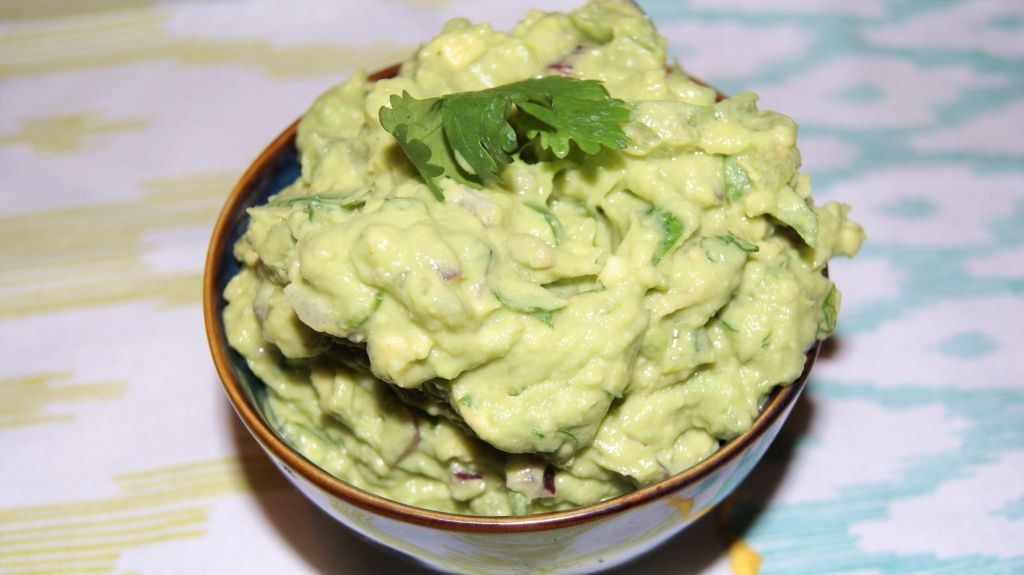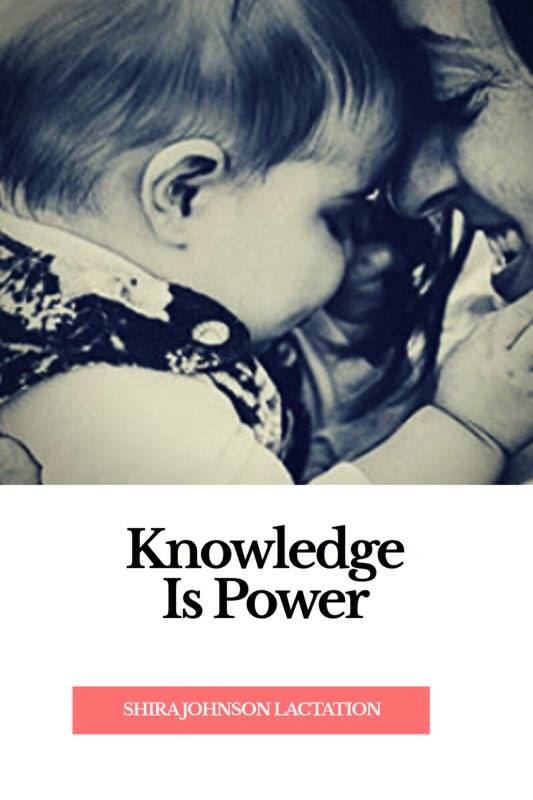Newborn Care: Fussiness

When I teach my newborn care class one of the topics we cover is fussiness. This topic gets a lot of reaction from parents. They have a lot of questions. Nobody wants a fussy baby, but the truth of the matter is that every baby is fussy at times. So what do you do when […]
The importance of giving children chores

Today we have a guest blog from our very own Alexandrea Rocha, previously an antepartum and postpartum doula with Gold Coast Doulas. If you have kids at home and struggle with the day-to-day list of chores, she has some helpful tips to get the whole family involved! As parents, it’s easy to feel overwhelmed. Especially […]
Infant Massage Questions

Frequently Asked Questions About Infant Massage Gold Coast Doulas is thrilled to present a Part 2 of the Infant Massage guest blog from Cristina Stauffer. Cristina Stauffer, LMSW, CEIM has been passionate about serving women and young children throughout her career. Pregnancy and early motherhood can be one of the most vulnerable times in a […]
Why is Infant Massage Good for Babies?

Why is Infant Massage Good for Babies? Gold Coast Doulas is thrilled to present a guest blog from Cristina Stauffer. Cristina Stauffer, LMSW, CEIM has been passionate about serving women and young children throughout her career. Pregnancy and early motherhood can be one of the most vulnerable times in a woman’s life. Cristina has been […]
Healthy Fats for a Nourished Body & Baby

We are happy to have Sam Kalawart, Certified Health Coach, as a guest blogger today! Check out what she has to say about healthy fats. Pregnancy is a beautiful and exciting time in a woman’s life. During these 9 months, your body is working in over drive to ensure your unborn baby is developing as […]
Can My Body Make Enough Milk for My Baby?

We are pleased to present a guest blog by Shira Johnson, IBCLC. Can My Body Make Enough Milk for My Baby? Fact: Most breastfeeding mothers, at one time or another, worry about their milk supply. They wonder whether their body will make enough milk for their baby, if their supply will last. Not surprising, since […]
Why Take a Breastfeeding Class?

Why Take a Breastfeeding Class? We are pleased to present a guest blog by Shira Johnson, IBCLC . Breastfeeding is natural, right? Well, yes… But it doesn’t always come naturally! Just like parents educate themselves about pregnancy and birth, it’s valuable to have basic knowledge about breastfeeding before baby arrives (we don’t read up on […]
